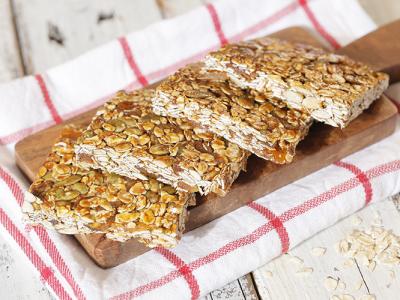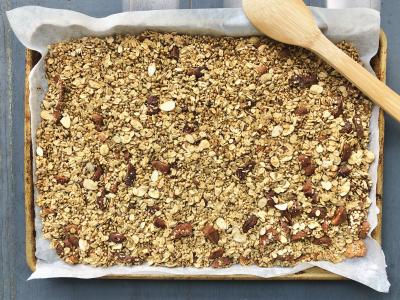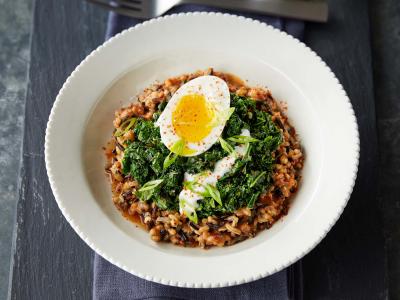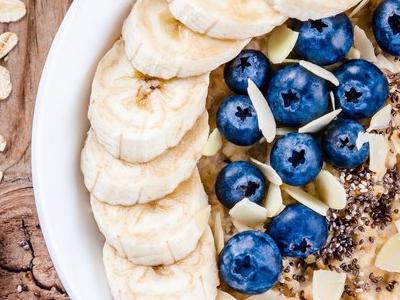Whole Grains Linked with Improvements in Diabetes
Healthy carbohydrates like whole grains are part of the solution, not the problem, when it comes to diabetes. In this study, researchers analyzed 29 randomized controlled trials (the gold standard of nutrition research) to see how whole grains and ancient grains might impact health outcomes in people with diabetes. They found that brown rice significantly improved HbA1c (a measure of blood sugar control over time) and BMI (a measure of weight based on height), that oats significantly improved cholesterol, and that millet significantly improved body weight. However, given the different grains and research methods used, it was difficult for the researchers to draw broad conclusions across the whole group of grains, indicating that more research is needed to understand these effects.
Nutr Metab Cardiovasc Dis. 2024 May;34(5):1110-1128. doi: 10.1016/j.numecd.2024.03.005. Epub 2024 Mar 7. (Magi CE et al.)






